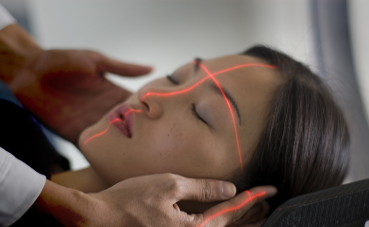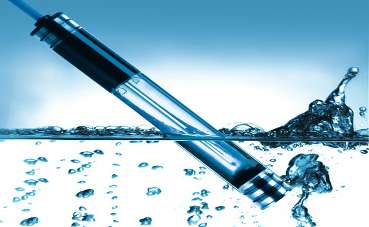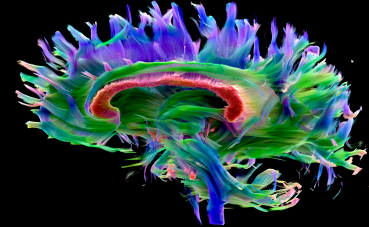Web
Services
Sup 183
60% (Before Letter Ballot)
This supplement re-documents (rewrites) PS3.18 Web Services.
The goals of this re-documentation are:
- Factor out text that is common to multiple services and in doing so 1) ensure uniformity and 2) make that commonality more clear and concise for readers.
- Use a uniform format and style for documenting DICOM web services, making it easier to navigate and more efficient for readers implementing multiple services
- Bring the Standard into conformance with current Web Standards, especially [RFC7230 - 7234], and [RFC3986 - 3987].
- Use the Augmented Backus-Naur Form (ABNF) defined in [RFC5234] and [RFC7405] to specify the syntax of request and response messages.
- Use consistent terminology throughout the Standard.
- Use a consistent format for documenting services and transactions.
The most important aspect of the re-documentation is that no technical requirements of PS3.18 have been changed. Errors, ambiguities, and underspecified aspects of the current PS3.18 have been corrected through the CP process prior to the finalization of this supplement.
Focus was put on reviewing chapter 10.
Further progress will be presented in a later base standard meeting before going out for letter ballot.
View details »
Multi Energy
CT
Sup 188
60% (Before Letter Ballot)
This Supplement extends the CT Image IOD and Enhanced CT Image IOD to support new types of images generated by Multi-energy (ME) CT scanners.
It describes various ME imaging techniques. While different vendors apply different techniques to achieve Multi-energy images, there is large commonality in the generated diagnostic images. It adapts existing attributes of the CT / Enhanced CT IOD to fit ME techniques.
Multi-energy CT acquires pixel information, which correlates to different X-Ray spectra to enable differentiation, quantification and classification of different types of tissues.
To detect the different X-Ray spectra, Multi-energy (ME) CT imaging uses combinations of different Source(s) and Detector(s) technologies such as current switching X-Ray tubes, spectral detectors, multi-layer detectors, multi-source and detector pairs.
Multi-energy CT data can be reconstructed and processed in different ways to serve a variety of purposes.
- Differentiate materials that look similar on conventional CT images, e.g., to differentiate Iodine and Calcium in vascular structures or to differentiate vascular structures from adjacent bone.
- Quantify base materials to accurately define tissues and organs. The intent is to quantify materials, and to extract regions and organs based on their composition.
- Generate virtual non-contrast images from a contrast-enhanced image rather than having to scan the patient twice.
- Reduce beam hardening artifacts.
- Enhance the effect of contrast such as highlighting Iodine and soft tissue.
The changes related to incorporating real world value mapping were presented.
The aspects around constant or switching regarding X-ray sources and tubes were examined. Especially how to model timing of switching on and off during passes and acquisitions.
Further progress will be presented in a later base standard meeting before going out for letter ballot.
View details »
Security: CRYPTREC
TLS profiles
Sup 206
50% (Out for Public Comment)
This supplement adds a new Secure Connection profile to make DICOM consistent with the latest recommendations from the Japanese CRYPTREC committee.
The CRYPTREC TLS Profile requires compliance with the IETF BCP 195 Recommendations for Secure Use of Transport Layer Security (TLS) and Datagram Transport Layer Security (DTLS) plus support for the additional cypher suites specified by the CRYPTREC committee. This profile requires that TLS negotiation start with the strong security protection parameters, and allows progressive negotiation of weaker protection down to a specified minimum protection limit.
The CYPTREC committee has extended the BCP195 recommendation by adding cypher-suites that must be available for negotiation, and therefore a new profile beyond those in Supplement 204 is needed.
The supplement was voted to go out for public comments.
View details »









